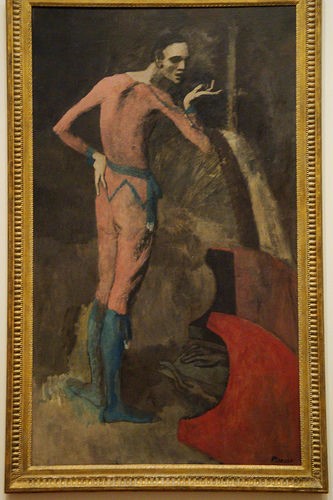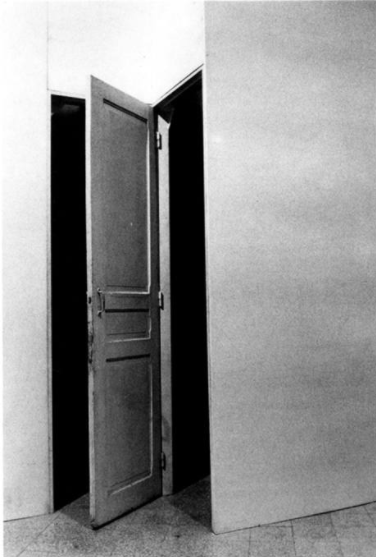Art damage: how to avoid lawsuit
Sandro Botticelli, Young Man Holding a Roundel, late 15th century
You may have heard of the auction record broken by Botticelli's portrait on January 28th in New York. Sotheby's awarded Renaissance master's work for over $92 million.
This is a very, very precious piece. Not as the Leonardo Salvator Mundi, sold in 2017 for $450 million (the most expensive work of art in the world), but still.
The Botticelli’s Portrait has been displayed in several museums, such as London National Gallery, National Gallery of Art in Washington DC, and Metropolitan Museum of Art. And being on exhibitions puts everypiece of art at risk. I’m not talking about robbery.
In fact, except for some of the world’s more famous pieces of art that are well protected, art can be damaged in various ways: Accidentally, intentionally, and a mix of this two, let’s say “intentionally but for the best”.
- So, what would happen if you accidentally damage an irreplaceable priceless piece of art?
Spoiler: not that much (in most cases).
This is mainly because museums and galleries have insurances that cover such kind of events.
It's quite recent the case, happened in May, 2020, of two little kids who were playing around and ended up by damaging the world's largest glass-blown piece of art, a replica of the Disney Castle, on display at the Shanghai Glass Museum. According to The Paper, the glass castle is valued 450,000 yuan ($64,000 USD), and took the Spanish artist Miguel Arribas over 500 hours to create it. It weighs 60 kilograms, has over 30,000 pieces, and is decorated in 24 karat gold.
The museum, however, seemed to take the incident in good spirits, commenting on Weibo that “The little visitors knew that their behaviour was inappropriate, and, under the encouragement of their parents, reported the incident to the museum staff. Their attitudes were friendly and sincere, and they agreed to help out with follow-up matters.”
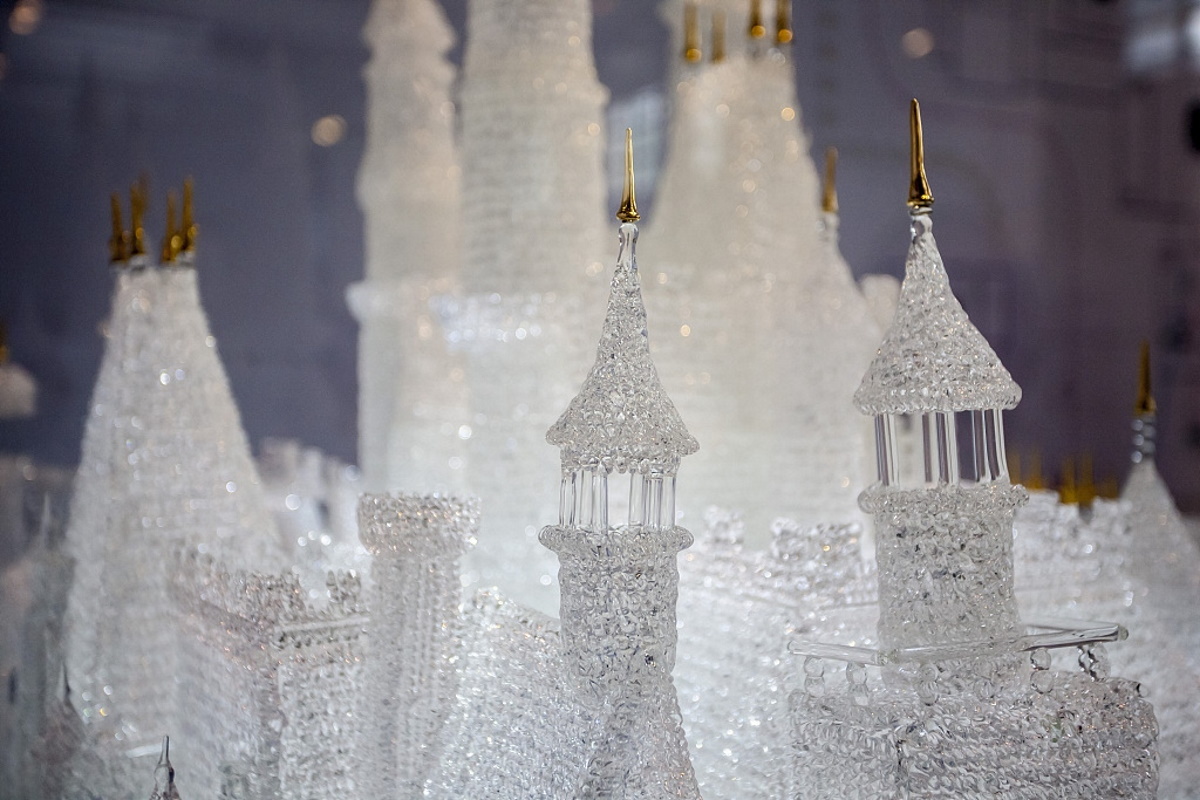
Miguel Arribas, Disney Castle, 2016 (detail)
Also no measures were taken in 2015, when a 12-year-old boy tripped while visiting a Taiwanese art exhibition. During his fall forward, he hit a 350 year old painting, Flowers, by Italian baroque painter Paolo Porpora, valued at about $1,5 million, causing a hole in the canvas. The curator of the exhibition remarked that the boy was not to blame.
|
Paolo Porpora (1617-1680), Flowers, 17th Century |
Picasso, The Actor, 1904 |
In another case, in 2010, a young woman lost her balance and fell onto the Picasso painting called The Actor (valued $130 million) causing a six-inch tear on the lower right-hand corner. The museum did not even provide further details of the accident.
In 2006, a man tripped over his shoelaces during a visit in the Fitzwilliam Museum in Cambridge and bumped over and destroyed three gigantic 300-year-old Qing Dynasty-era vases that had been on displayfor decades causing damage around 500,000 pounds. The restoration was very complex, because the fragments of the vases were about 400. The museum just sent him a letter warmly suggesting not to visit the museum again.
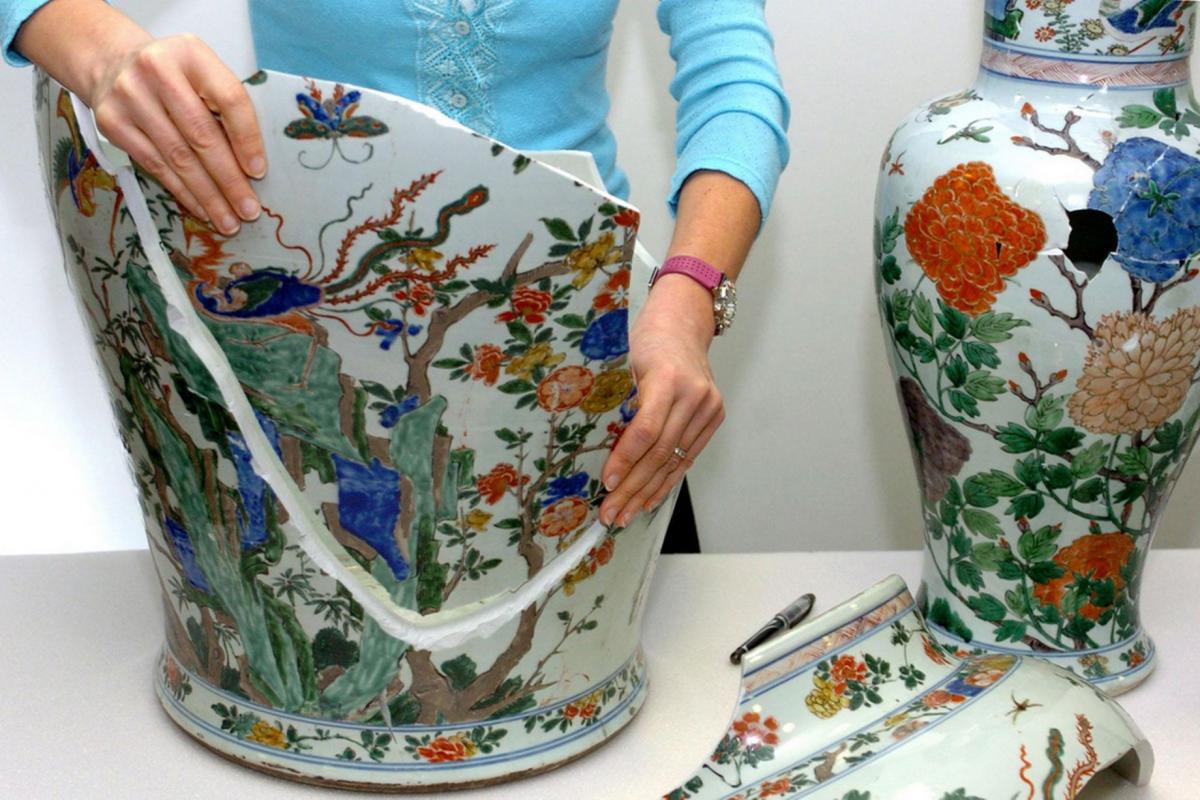
The Qing Dinasty vases, XVII Century
Looks like people must watch their step carefully when walking in museums, but at least they don’t have to deal with anything else but their guilt.
- Different the case if you intentionally cause adamage.
What you risk, in this case, is a fine for the damage, the jail or the reclusion in a mental hospital.
Quite recent (2019) the case of a man who intentionally scratched Burst of a woman, an oil painting by Pablo Picasso (valued $28 million) while it was on display at Tate Modern: Shakeel Massey, 20 years old, upon arrest told police that it was a performance and has been sentenced to 18 months jail.

Picasso, Burst of a woman, 1944
This is the second act of vandalism at the Tate Modern gallery in recent years. In 2012, a man was sentenced to two years in prison for writing his name on a Mark Rothko painting.
Parents of a 5-year-old boy were hit with a $132,000 bill after their son knocked over an art sculpture on display at the Tomahawk Ridge Community Center in Overland Park, Kansas: Surveillance video captured the little boy climbing on the sculpture, called “Aphrodite di Kansas City” and dropping it.
Back in 1990, a bizarre Dutch man, later declared insane, decided to spray Rembrandt van Rijn's "Night Watch" with sulfuric acid. Although the damage was relatively minor, it was the third time the painting had been vandalized. The painting was first slashed with a shoemaker's knife in 1911 by an unemployed man. Then "Night Watch" was attacked with a knife in 1975 by a schoolmaster who said he was on a divine mission. He was sent to a mental asylum, where he later committed suicide.
In 1972, Lazlo Toth, a geologist, took a hammer to Michelangelo's "Pietà" statue, the classical Renaissance sculpture depicting Mary holding Christ's dead body after the Crucifixion. Toth jumped onto the altar at St. Peter's Basilica and apparently charged at the sculpture screaming "I am Jesus Christ, risen from the dead." The damage left Mary with a broken arm and chipped away her nose and about 100 fragments from the sculpture. Toth was sent to a psychiatric institution for two years and then expelled from the country.

Lazlo Toth while damaging Michelangelo's famous Pieta'
- The third case of damage is caused by people not aware that what they destroyed was an actual piece of art.
In fact, in the past 20 years it happened several times that someone has mistaken a piece of art for garbage.
Are you in the number of those who think contemporary art is all rubbish? Well, you might have done the same mistake.
Last time was in December 2018. What happened? After being displayed, the installation by David Lew, aka Shark Toof, a work called Shayu De Yi Nian Lai See (Year of the Shark Red Packet) made of 88 red fabric bags painted with gold leaves and suspended on a rope, was dissembled without his presence and wrongfully thrown away.
In December 2020, the artist decided to file a lawsuit against the city of Los Angeles, the Chinese American Museum (CAM), and the historic district El Pueblo de Los Ángeles, where CAM is located.

Source: Sharktoof.com
The fact doesn’t really surprise: there are several examples of this kind of incident, some of them involving quite famous artists. Herein some of them.
In 2015, the work “Where shall we go to dance tonight?” by Goldshmied & Chiari has been cleaned up when it was on display at the Museion, in Bolzano (Italy). The cleaner thought it was a mess after a party (that was exactly what the 2 artists were supposed to show, by the way). Luckily, all the material was trashed in the separate collection and the museum was able to collect almost all the bottles, streamers and confetti and re-assemble the installation.

Goldshmied&Chiari,Where shall we go to dance tonight?, 2015
In 2017, a cleaning woman at an Italian gallery accidentally threw away thousands of dollars of art by New York modernist Paul Branca when she mistook his crumpled newspaper, cardboard, and cookie installation scattered across the floor for garden-variety trash. The pieces, estimated to be worth around $15,000, were apparently intended to make viewers think of the environment. Well, the cleaner was clearly thinking of it.
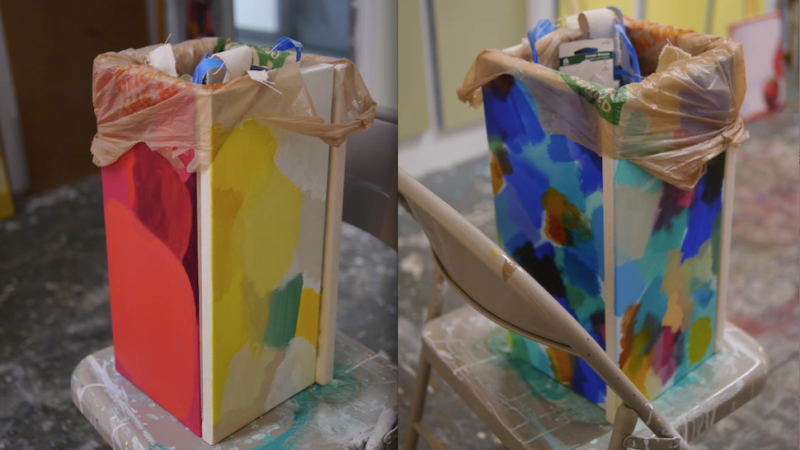
Paul Branca’s installation
You know Duchamp, right? The guy of “The fountain” made of a porcelain urinal? Well, the strategic element in the Parisian apartment that Duchamp occupied with his wife, the door hinged between two rooms, was used as an installation for the Venice Biennale of 1978. The “sculpture”, mistaken for a very common door, was repainted by the painters in charge of the set-up, resulting in a very expensive compensation to the owner of the work at the time of the accident. After a nine-year case, in fact, the judges of the Court of Venice sentenced the Venetian Biennale to compensate the owner for 400 million lire (around 205,000 euro).
|
Duchamp, Porte 11, rue Larrey, 1927 |
Beuys, Bathtube, 1973 |
In 1973 a piece of art by the German conceptual artist Joseph Beuys called “Badewanne” (Bathtub), literally a tub filled with felt, grease and bandages, was pulled out of a room where it was stored for an upcoming exhibition and cleaned spotlessly by two unsuspecting cleaning ladies to be used to hold bottles of beer and glasses at a political party meeting.
In 2011, a cleaner with the best intentions accidentally destroyed a piece of art worth more than $1 million when she removed what she thought was a "stain" from the installation. The piece of art, titled "When It Starts Dripping From The Ceilings", featured a series of wooden planks and a discolored plastic bowl. The artist, the late Martin Kippenberger, intended for viewers to understand that the bowl had been discolored by water running over the pieces of wood.

Martin Kippenberger, When it start dripping from the ceiling, 2011
Back in 2014 the art world was stunned when a painting by top Chinese artist Cui Ruzhuo was auctioned off for $3.7million – but not as shocked as when they found out it had been trashed. The masterpiece, called “Snowy Mountain”, was taken off by cleaners before it could be handed over to its new owner. The incident was captured on CCTV at the Hong Kong hotel hosting the auction, but the police wasn’t able to find the painting.

Cui Ruzhuo, Snowy Mountain (Photo: Poly Auction)
Another famous incident happened in 2001, when a London art gallery cleaner binned a work by Damien Hirst because he thought the installation was leftover rubbish. The cleaner thought the piles of full ashtrays, half-filled coffee cups, empty beer bottles and newspapers strewn across the gallery were the remnants of a party in the west London gallery.
Hirst believed that the mistake was fantastic and very funny.

Damien Hirst, Untitled, 2001
Not all the artists react as Hirst to the damage or the loss of their art work: even the idea of being mistaken for trash is not flattering, not to mention the economic damage. But you have to admit, in some cases cleaners did a great job.


